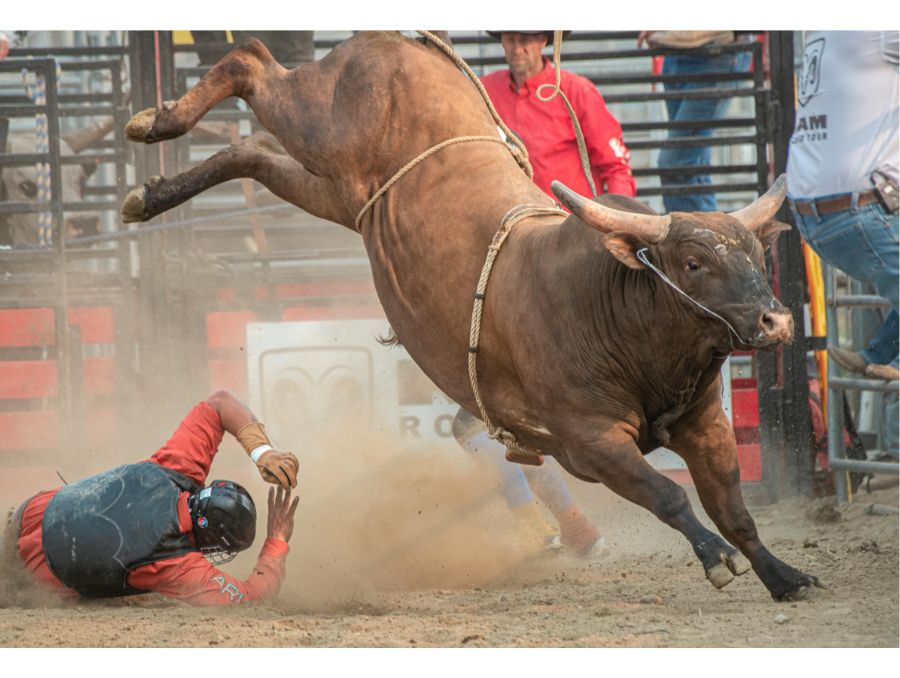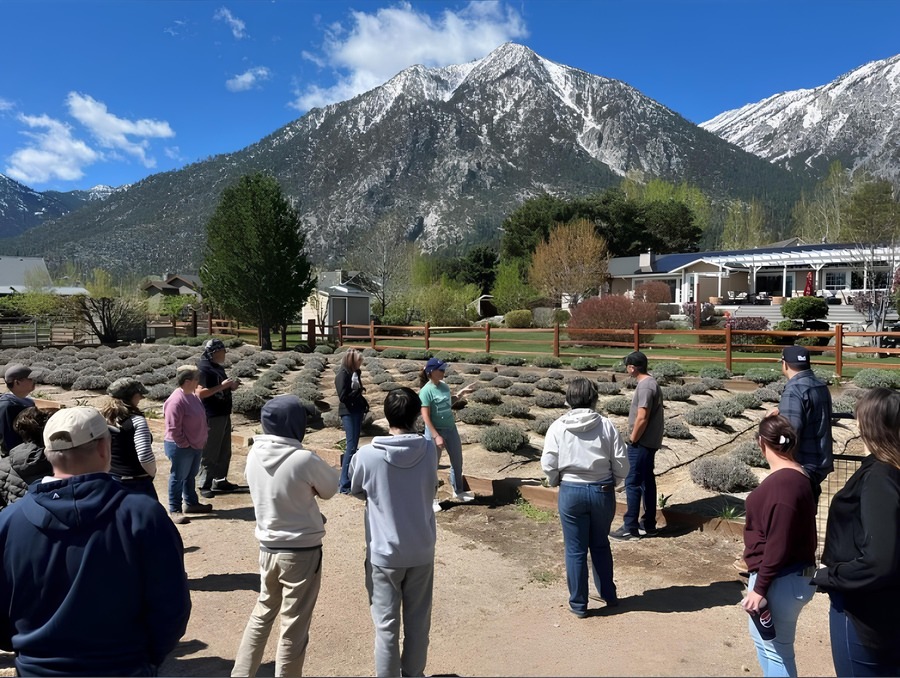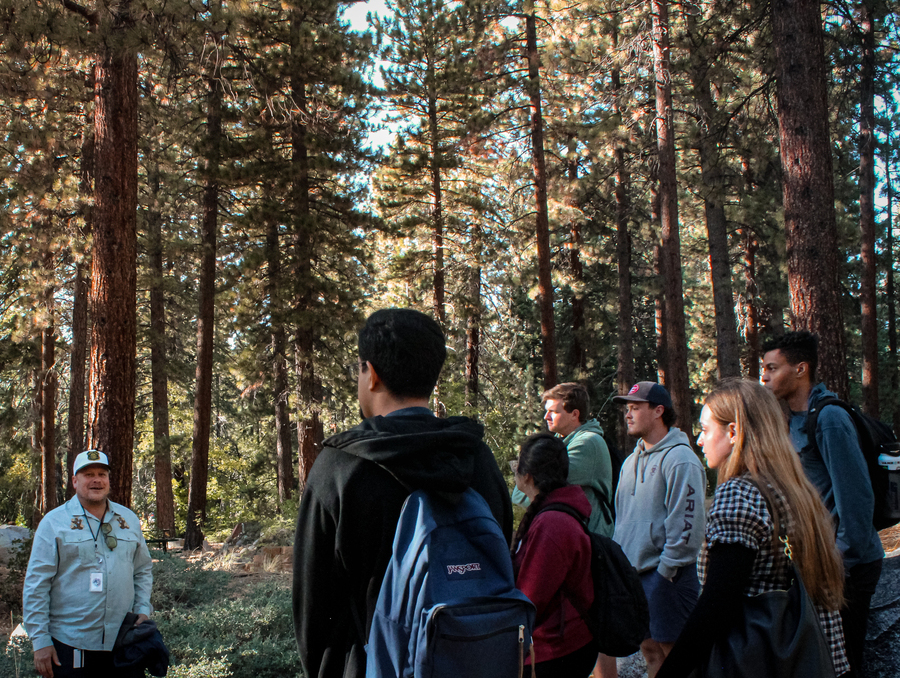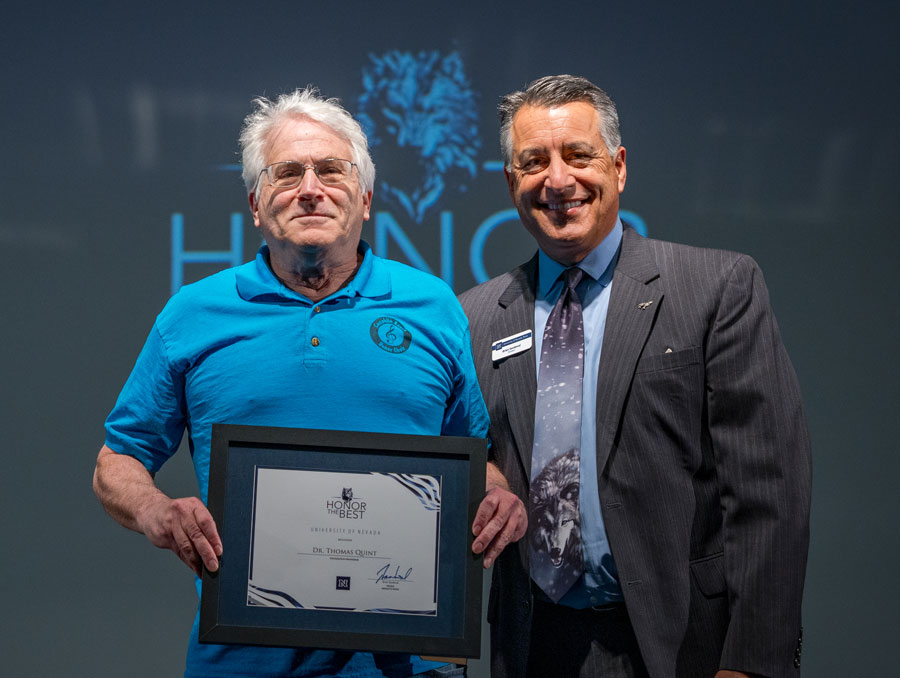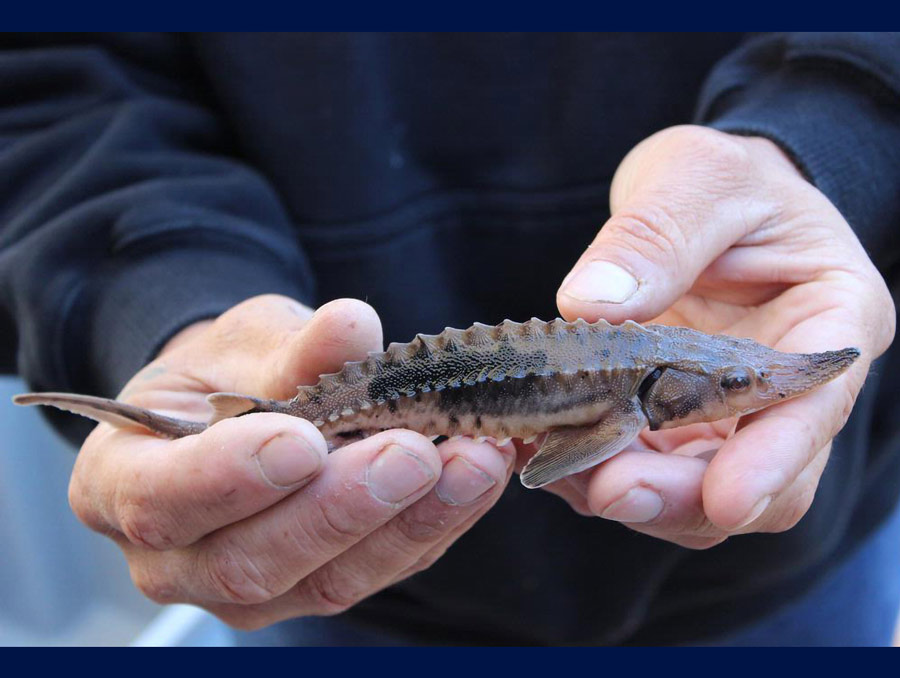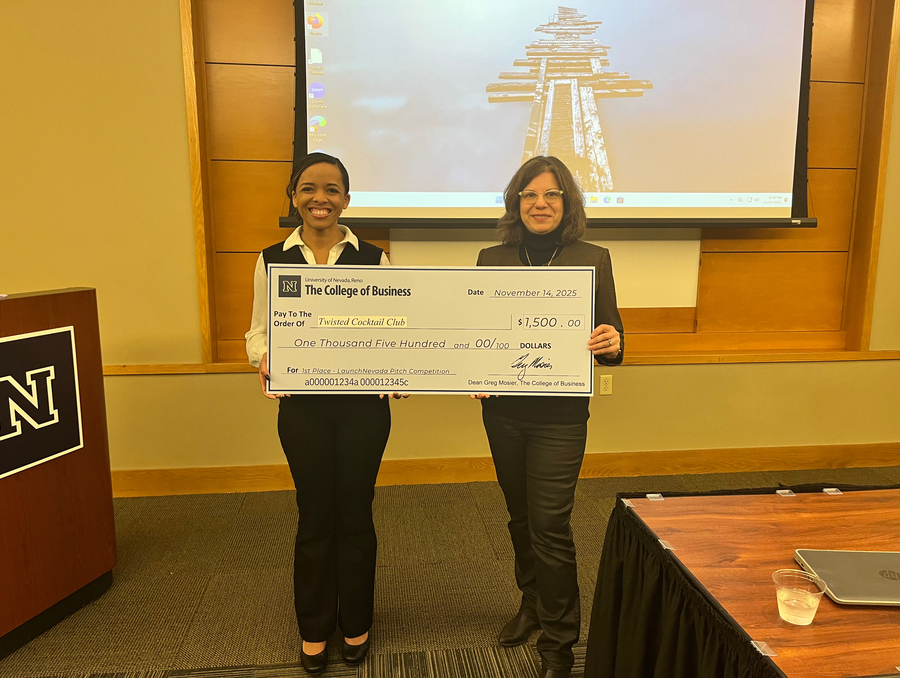
Find more answers here!
What is a concussion?
A concussion occurs when you take a hit, jolt or movement that causes the brain to suddenly shift in your head. Although commonly associated with contact sports, the risk of obtaining a concussion can occur in any situation where there is force against the head.
Bull riding poses many physical challenges for riders.
"Although a non-contact sport, meaning they’re not hitting other humans, bull riders are still sometimes hitting the bull, the bronc, the arena floor, they even get flung off and fly into the stands or the barriers," said Nicholas Murray, associate professor. "All of these things are critical when we think about the mechanism of injury. Everyone reacts differently to concussions, some people can be more prone to symptoms than others for a variety of reasons, including if they have pre-existing conditions such as ADHD, Dyslexia, anxiety or depression."
According to Murray, when you hit your head very hard a series of metabolic reactions trigger a chemical storm in the brain. Your brain then releases a mass of neurotransmitters disrupting normal cell communication. In response to this head injury the neurotransmitters cause spontaneous activation in different aeras of the brain that do not need to be activated. These misfires trigger symptoms such as confusion, dizziness, memory issues and more.
Symptoms can persist for 21-28 days. When your brain is overwhelmed by chemical signals it can take a significant amount of time to physically clear this out of your body.
Can bull riders prevent concussions?
"Helmets do not prevent concussions, but they can prevent other injuries. Nothing prevents a concussion," said Murray.
Whiplash alone can cause a concussion in a bull rider — even before they hit the ground. The sudden jolt the brain experiences from the powerful movements of a bull can cause the brain to slam against the inside of the skull, leading to a concussion. Once a rider hits the ground, they often get a concussion, however by that time they can have what's called second injury, which means they got a second head injury before recovering from the first one.
How can you check for a concussion?
Many injured people present zero concussion symptoms. This means many athletes will not realize they have a concussion and will go without a concussion diagnosis.
“A lot of the symptoms are going to be headaches and dizziness,” Murray said. “You can get that with a simple viral infection, so it's difficult for us to determine what's going on underneath the surface. Even emergency rooms will miss concussions because they are treating immediate life-threatening injuries.”
When it comes to evaluations, the University of Nevada, Reno has multiple levels of concussion testing at the Neuromechanics Lab run by Murray. The lab is available for most people in the community to access.
“Testing is crucial. We have a lot of people who hit their head and say, 'I don't have any symptoms.' We also have the opposite, where people hit their head and they have a million symptoms, but that could be related to something else. We have to assess each case with standardized testing that relies on symptom provocation,” said Murray.
At the clinic Murray can test the metabolic function indirectly by measuring changes in heart rate through a test called the Buffalo Concussion Treadmill Test.
“When someone has a concussion, we have them walk on the treadmill and slowly increase the grade of the treadmill,” Murray said. “There's a point where they start to shut down, and they kind of melt into the treadmill. They physically can’t continue to walk. We have some tough athletes that try to push through, however it becomes just too challenging when a concussion is present.”
A concussed brain goes through an energy crisis as it tries to restore balance due to reduced blood flow. It can’t get enough fuel.
“Exercise is medicine, so what exercise can do is increase the oxygenation to the brain,” Murray said. "The oxygen helps to fuel the brain cells, while creating a metabolic pathway to process the excess neurotransmitters' waste, to help revitalize the cells that could be damaged."
How do you heal a concussion?
As research expands, experts have debunked common myths such as staying in a dark room and avoiding TV or reading.
“Generally, we just overdo it,” Murray said. “There's a threshold where our brain can't handle certain stimuli, and we need to switch it to do something else. We could exercise too much, sleep too much, do too much homework. This is because our brain is using too many resources to complete the tasks that would otherwise be easy without the concussion.”
When you are recovering, the main goal is to keep your symptoms from getting worse throughout the day. If you don’t allow your brain to take it slow then it will take longer to recover.
Bull riders who continue to ride after consistent injury with limited to no healing time could experience serious and long-term effects, including mood and behavioral changes.
“Chronic pain causes brain change,” Murray said. “So, if you have a concussion and you never manage it and you're under constant pain, headaches, dizziness, those type of things, it'll cause changes to your brain. It may lead to very severe consequences later down the road. I would say more than anything else, it'll just change your mood, change how you act. Some people get very aggressive because they're constantly in pain. They may not even be aware of this change.”
Bull riders face constant pressure, often operating in a state of fight-or-flight. When this heightened stress is combined with repeated head injuries, it can trigger mood disorders and alter how certain parts of the brain function.
About the professor:
Nicholas Murray is an associate professor and kinesiology graduate program director at the University of Nevada, Reno. Murray’s research is related to concussion identification, recovery and the relationship between clinical and laboratory-based measures. He specializes in the investigation of oculomotor and postural control in individuals with acute or chronic neurological deficits with a focus on sports-related concussions and repeated head impacts.
